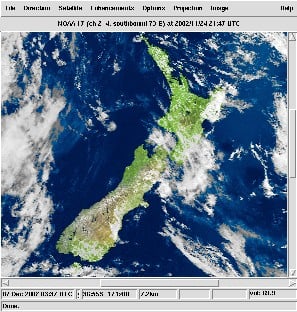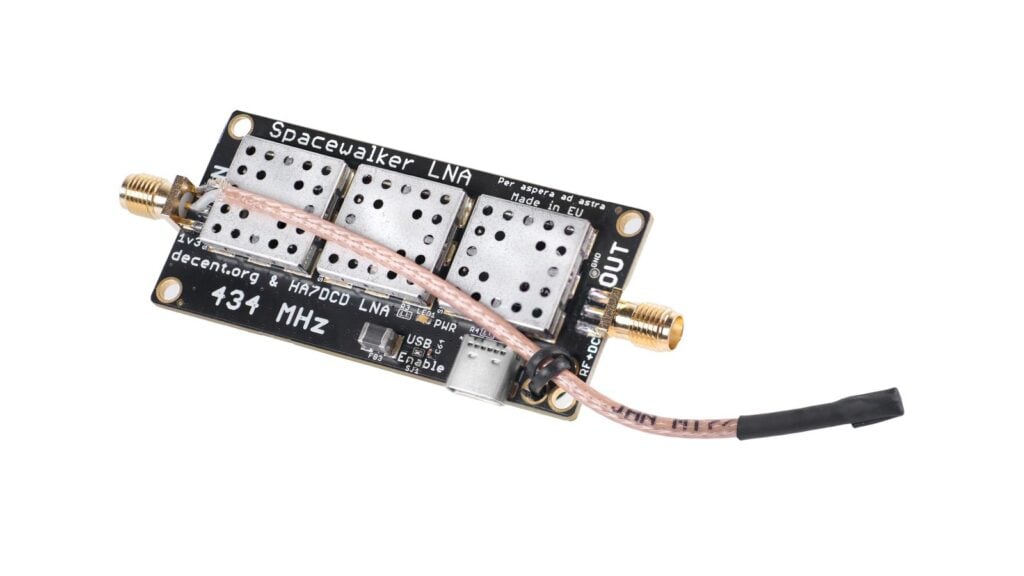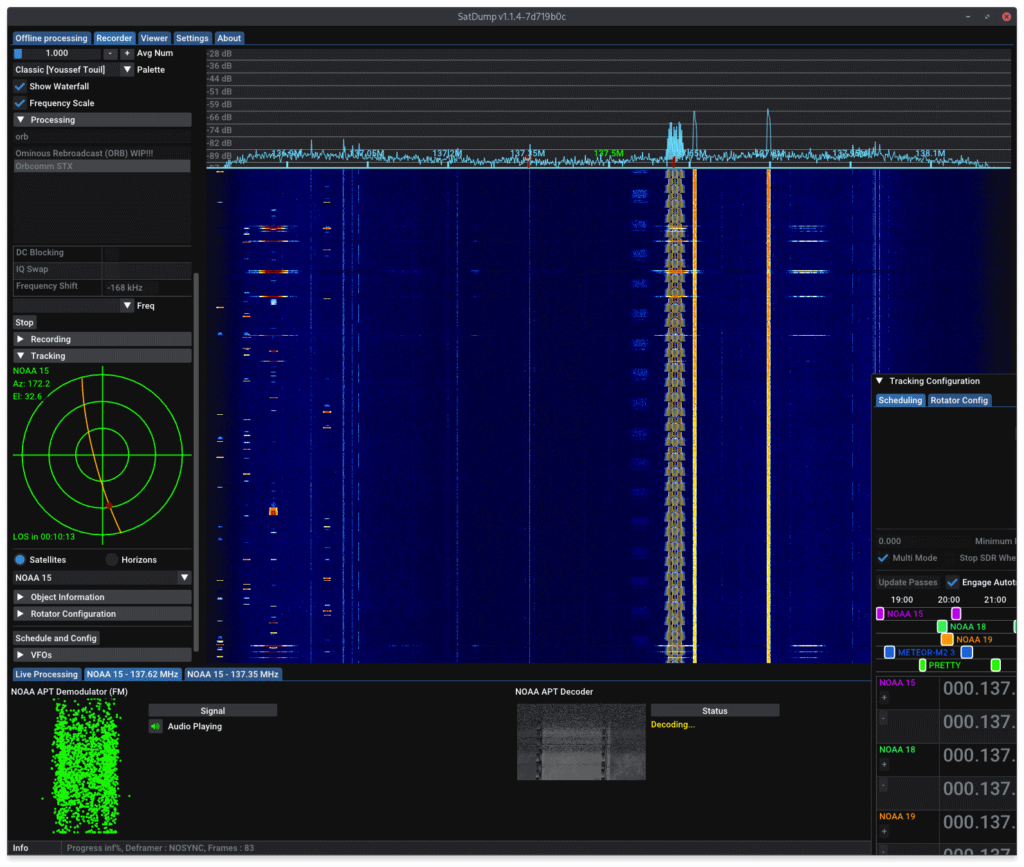Receiving SSTV From the Russian UmKA-1/RS40S Cubesat
YouTuber 'saveitforparts' was recently contacted by the ground controller of the Russian UmKA-1/RS40S cubesat asking if he'd like to try and receive an SSTV image from the satellite. UmKA-1/RS40S is a small educational satellite assembled by a Russian high school. Originally it was intended for a radio astronomy experiment, but due to technical issues it's been switched to the secondary ham radio mission only.
Saveitforparts uses an RTL-SDR, directional Yagu antenna, PC running the MMSSTV decoder, and Android phone running the Stellarium satellite tracking app. After a few failed attempts he was able to eventually successfully track and receive the SSTV image as well as some telemetry.
We note that the SSTV image appears to have been specifically scheduled for saveitforparts personally, so if you try to receive this satellite yourself you will probably only be able to receive the telemetry signal.



